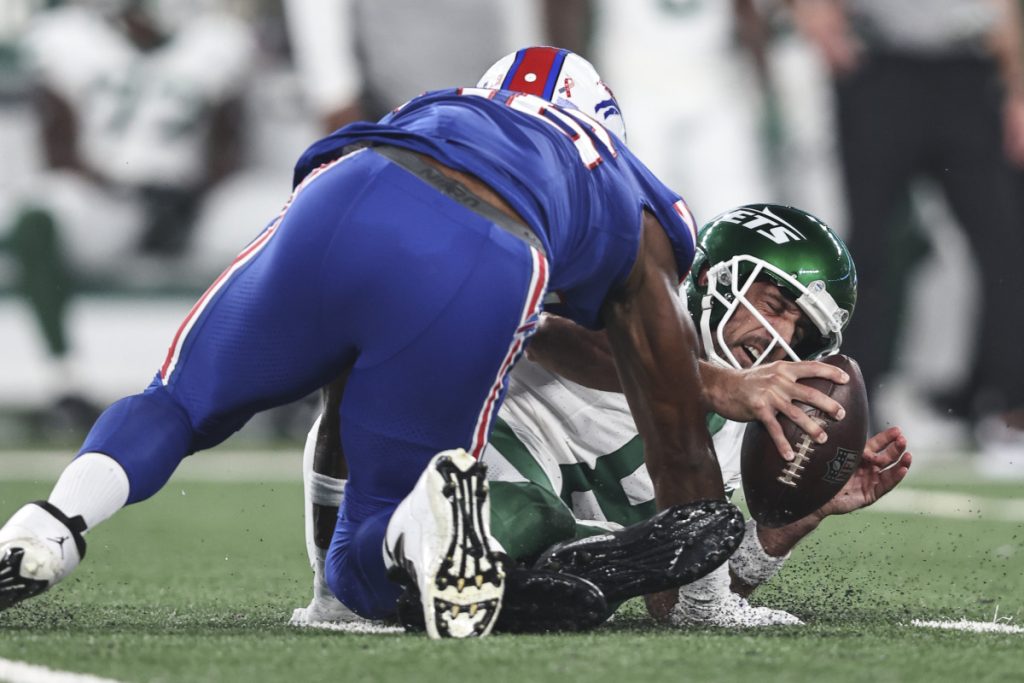
I recently saw an article on NBC News about Aaron Rodgers. He was cut off from the rest of the season, and possibly even his career. Due to a devastating Achilles tendon tear, this could mean the end of any professional athlete.
However, with him almost nearing 40 years old, it got me thinking. How do athletes at his level try to get back into the game? Achilles tendon tears are debilitating injuries. These can have significant implications for high-ranking athletes, particularly in demanding sports like the NFL.
In this article, I’ll provide my own comprehensive perspective on the matter. This is what needs to be done when professional athletes go through injuries like these.
Ways on How to Manage Achilles Tendon Tears
While it’s important to recognize the uniqueness of each case, there are still essential principles you can follow. These considerations below will guide the management of injuries as drastic as Achilles tendon tears.
Immediate Medical Attention
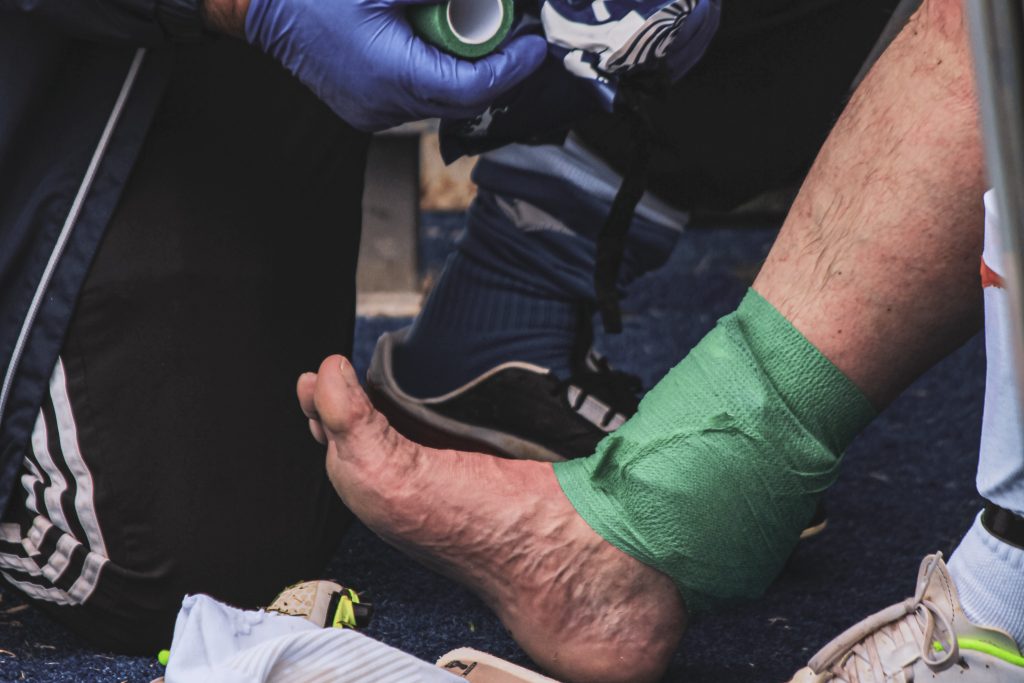
The first and most critical step is prompt medical evaluation. High-ranking athletes have a lot at stake, both professionally and personally. Ensuring a swift and accurate diagnosis, typically through MRI imaging, is paramount to initiating the appropriate treatment plan.
Aaron Rodgers had this confirmed by MRI imaging happen one day after his injury according to this article.
Surgical Intervention
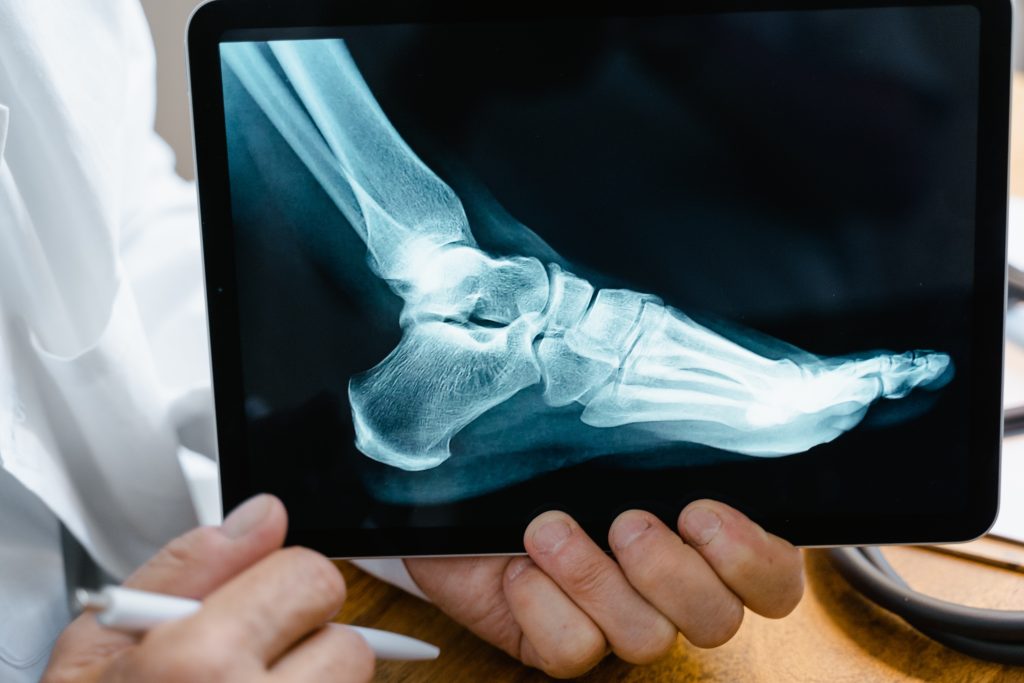
Most complete Achilles tendon tears require surgical repair. Athletes should be directed to experienced orthopaedic surgeons who are well-versed in sports-related injuries. A successful surgical outcome lays the foundation for the player’s future prospects.
In such a surgery, the torn ends of the tendons are examined. They are repositioned and stitched back together using strong, non-absorbable sutures. The specific technique may vary, with options like the Krackow or Bunnell suture techniques.
Team Approach
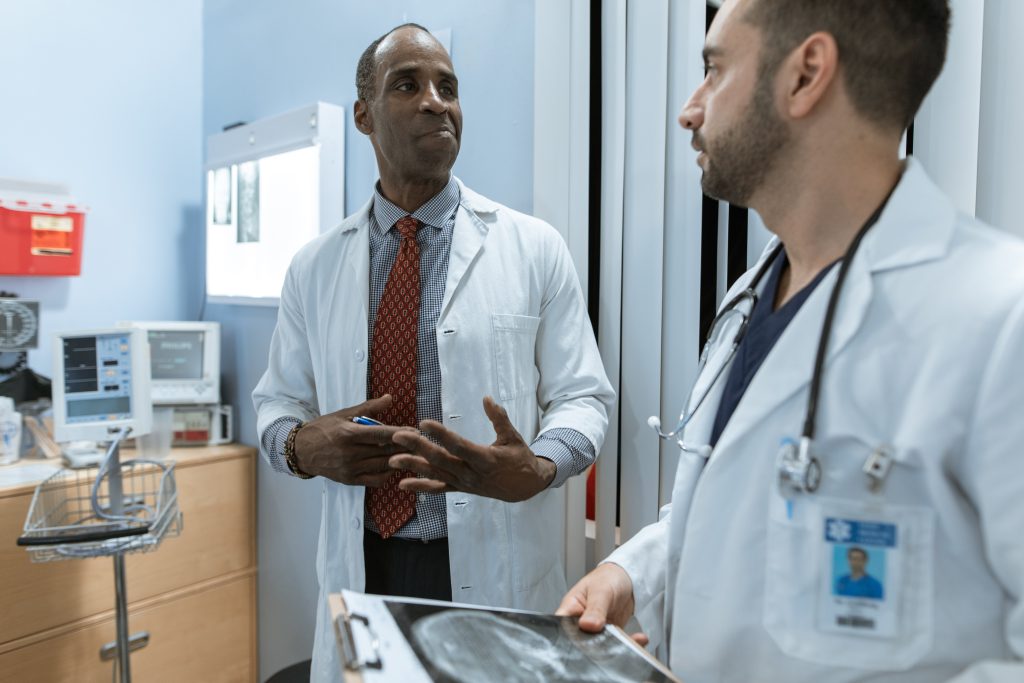
Managing these injuries like Achilles tendon tears necessitates a team approach. The player’s physical therapist, orthopaedic surgeon, athletic trainers, and strength and conditioning coaches must collaborate closely with each other. Effective communication ensures that everyone is aligned with the player’s overall recovery goals.
Progressive Rehabilitation
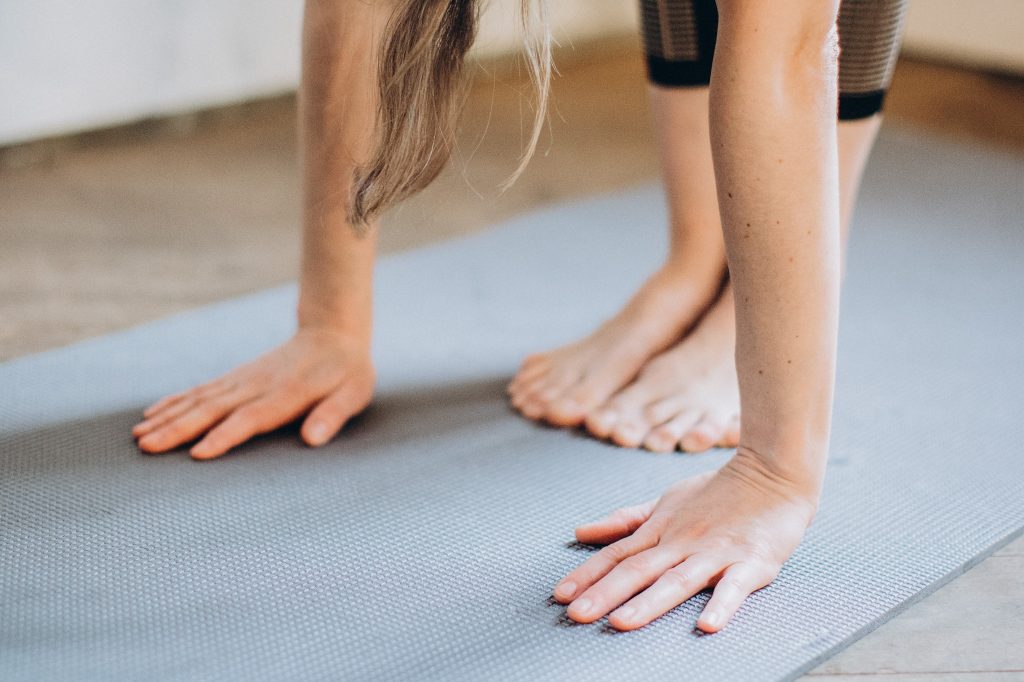
Rehabilitation is a multi-phase journey. Start with a gentle range of motion exercises and gradually progress to weight-bearing activities, strength training, and sports-specific drills. Each phase is crucial for successful recovery. This would involve checking the current range of motion of the achilles tendon, and then starting small calf stretches. This page shows the different ways to stretch the calf as part of an achilles tendon exercise.
High-ranking players may require an individualized plan, considering their specific position and playing style. I’ve given a short breakdown of what his post-surgery rehab and strength training plan would look like right here.
Mental and Emotional Support

The psychological aspect of recovery should not be underestimated. Pro athletes often experience anxiety, fear of re-injury, and pressure to return quickly. Sports psychologists can provide essential support to help them navigate these challenges.
Patient-Centered Goals
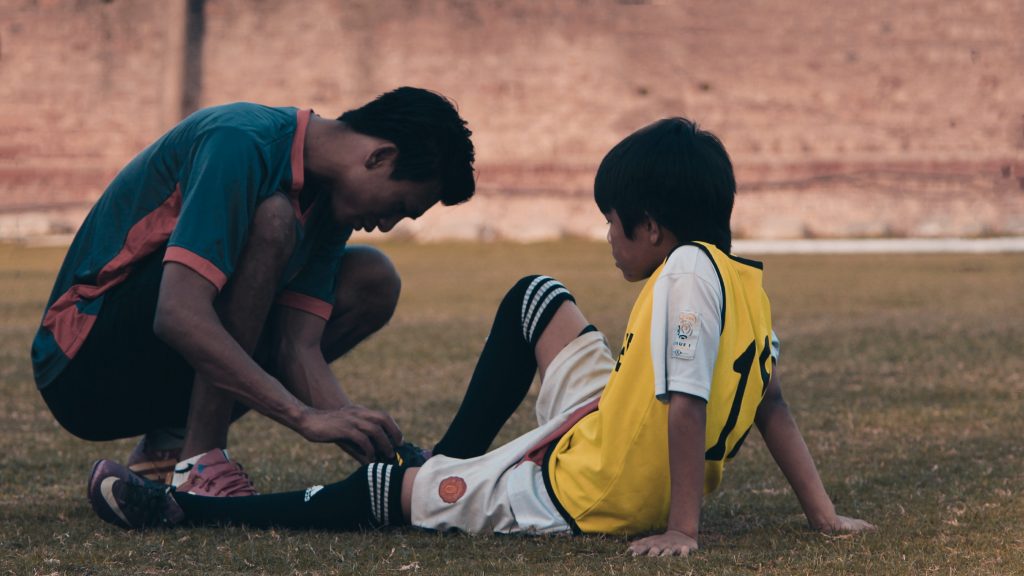
Player input is invaluable. High-ranking athletes should actively participate in setting their recovery goals. These goals should be realistic, measurable, and achievable, reflecting their aspirations and career timelines.
Prevention and Reconditioning
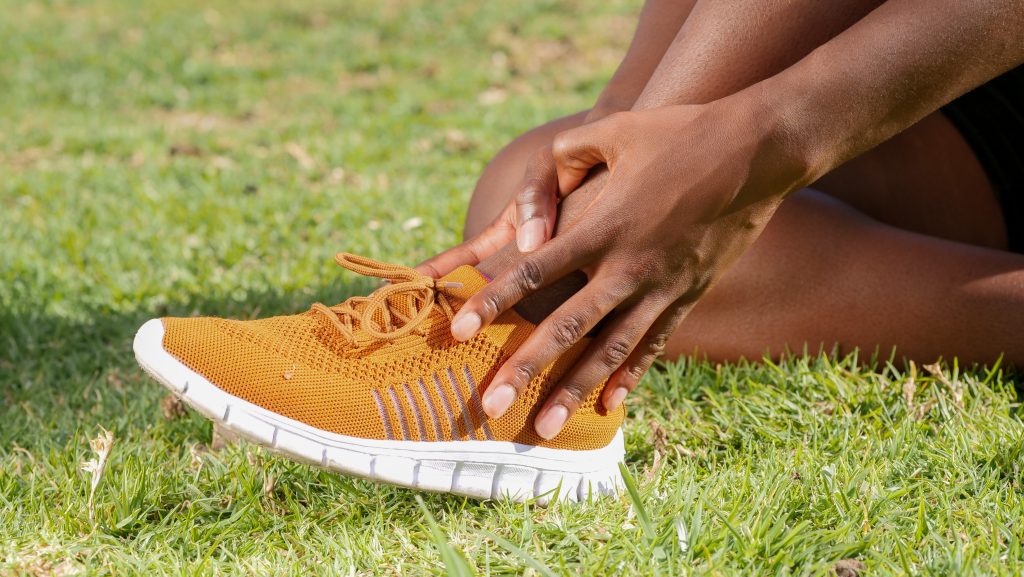
While focusing on recovery from an Achilles tendon tear, it’s vital to incorporate injury prevention strategies. Even rookies in their respective fields must recondition themselves to reduce the risk of future injuries. This includes addressing biomechanical factors, optimizing footwear, and maintaining a balanced training regimen.
Gradual Return to Play
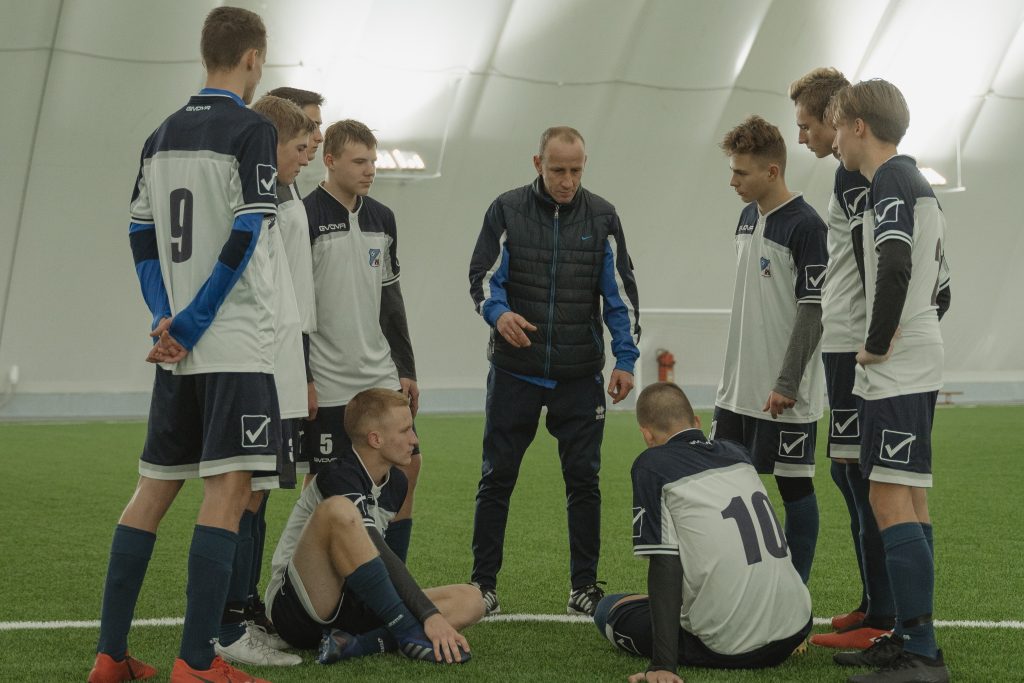
Sports professionals should not rush their return to the game. A structured approach to reintegrating into team practices and games is essential. Milestones such as passing functional tests, demonstrating agility, and proving match fitness are critical markers.
Ongoing Monitoring
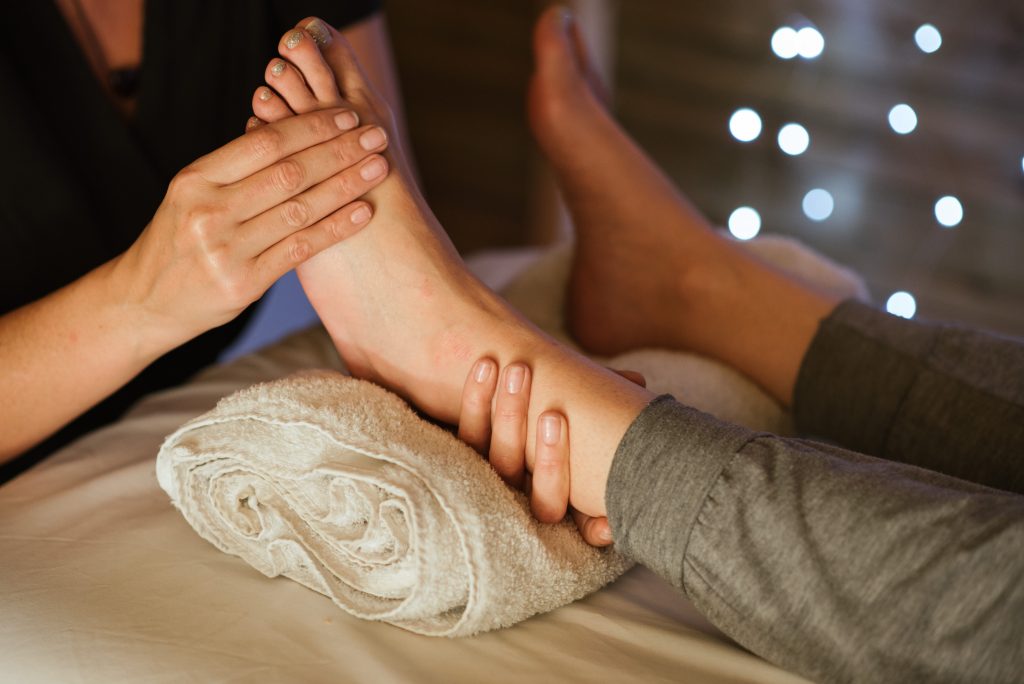
Recovery doesn’t end with the return to play. High-ranking athletes should be closely monitored for any signs of overuse or re-injury. Periodic check-ups with the medical team are essential to maintain peak performance.
In Conclusion
Achilles tendon tears in high-ranking players are complex challenges. Managing these injuries effectively requires a well-coordinated, multidisciplinary approach.
While there is no one-size-fits-all solution, the principles outlined in this article can serve as a guiding framework. The goal is not just recovery, after all.
It’s to help professional athletes return to their elite performance levels. It’s to ensure that they have long and successful careers in the demanding world of professional sports.



